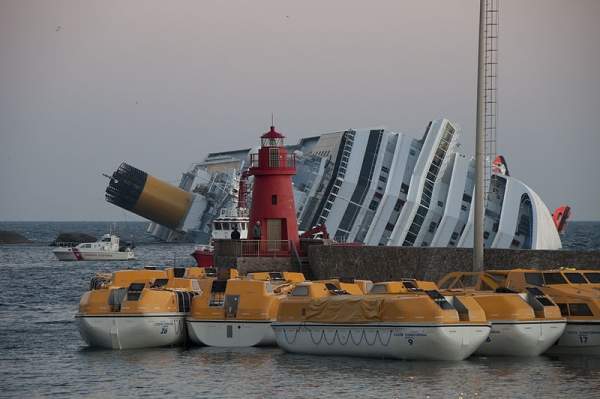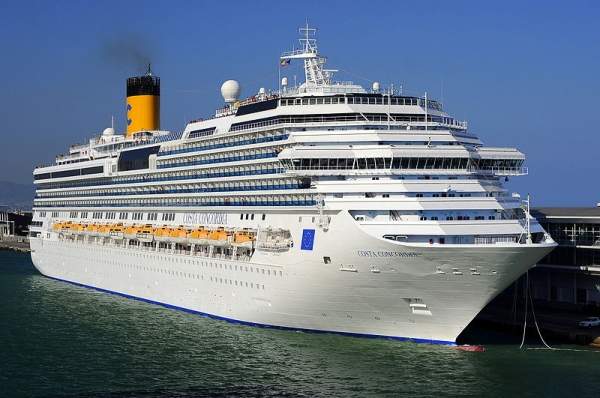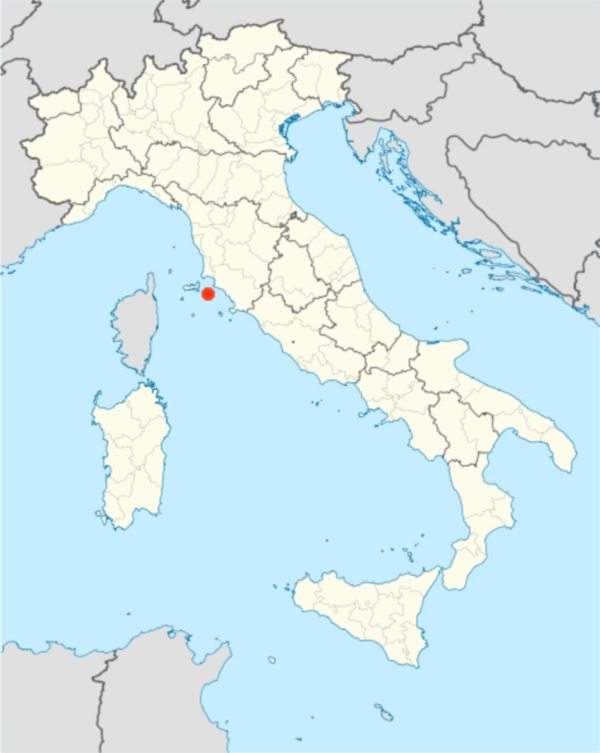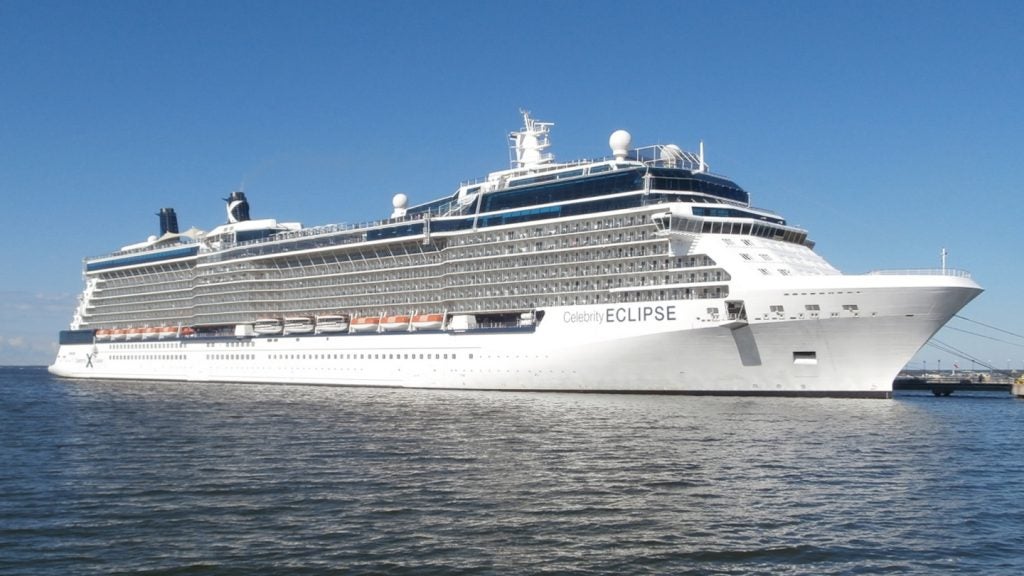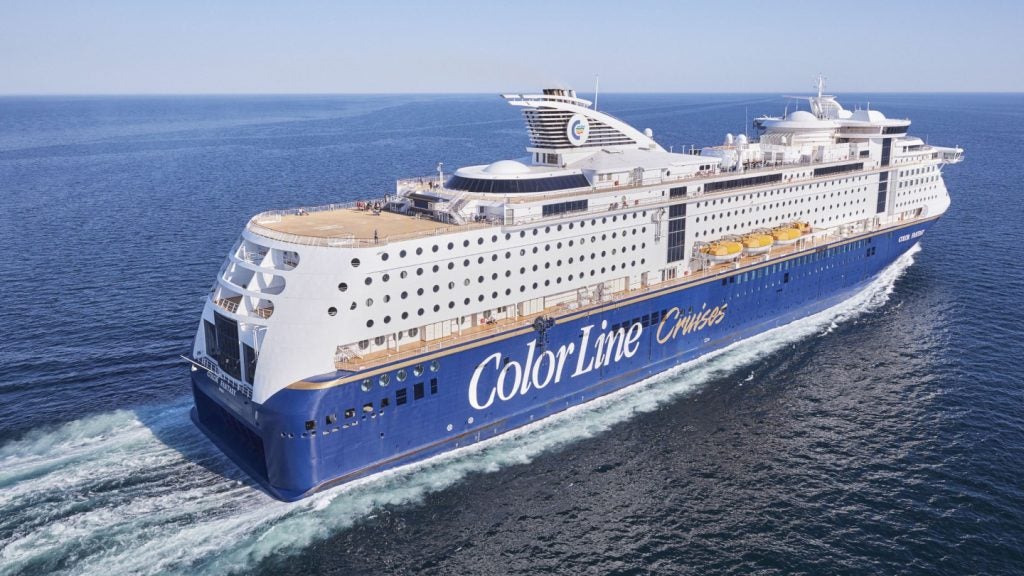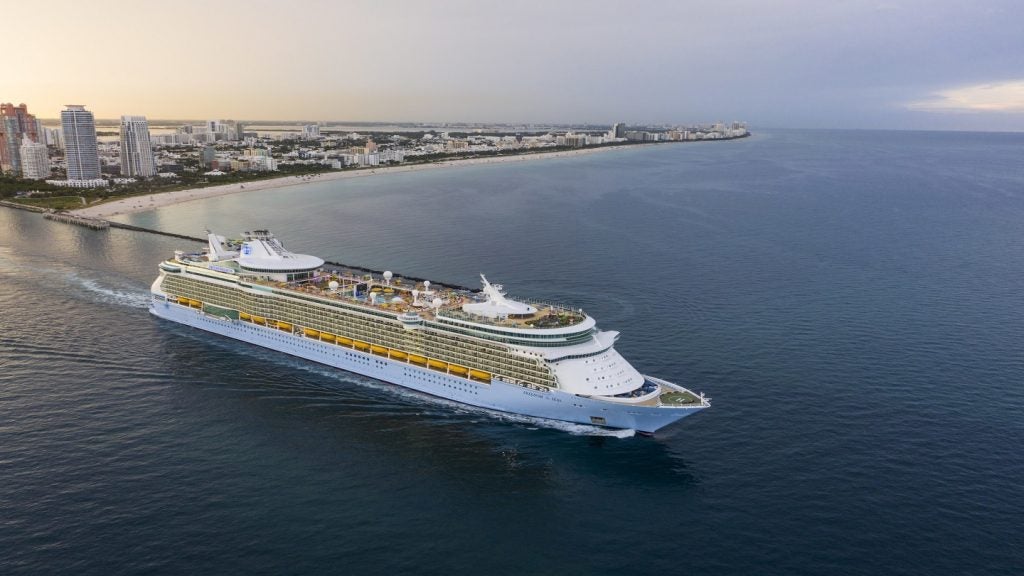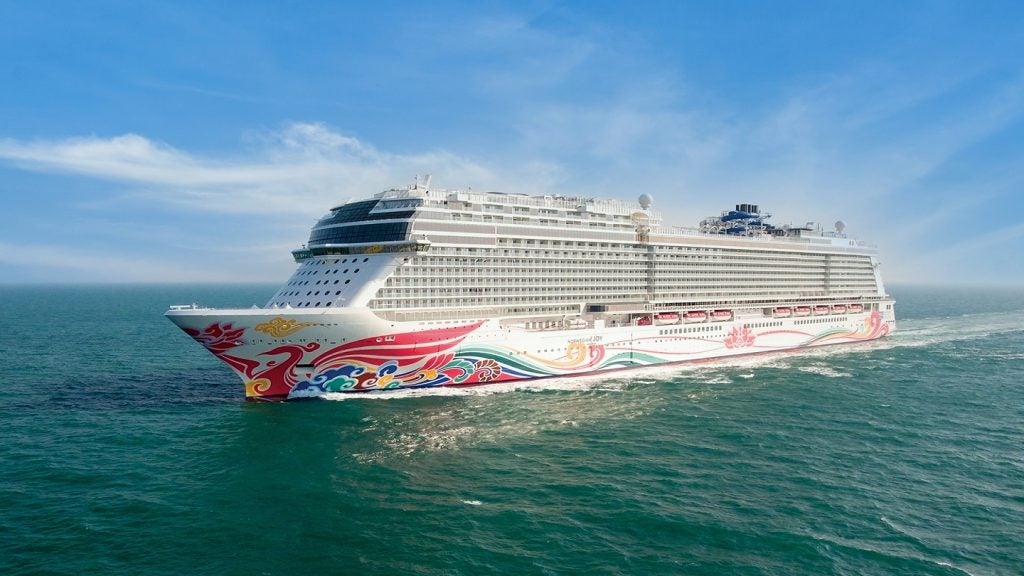Costa Concordia is a Concordia-Class cruise ship, owned and operated by the Carnival Corporation’s subsidiary Costa Cruises. She was the first in the Concordia Class, sistering Costa Serena, Costa Pacific, Costa Favolosa, Costa Fascinosa and Carnival Splendor.
The vessel was wrecked off the coast of Isola del Giglio, Italy in the Tyrrhenian Sea in January 2012, resulting in the death of 32 people. The wrecked ship was successfully lifted from a under-sea platform built to stabilise the ship in July 2014. The vessel was raised by pumping air into the tanks attached to the ship and will be towed to a port near Genoa for salvage. The estimated cost for removing the wreck from the reef and towing the ship for scrapping is about €1.5bn ($2bn).
The ship was built at Fincantieri’s Sestri Ponente shipyards in Genoa, Italy, at a cost of €450m ($570m) following an order placed on 19 January 2004.
Launched at Sestri Ponente on 2 September 2005 and delivered to Costa Cruises on 30 June 2006, the vessel was the largest Italian cruise ship ever built at the time.
The vessel has an overall length of 290.2m, a beam of 35.5m and a draught of 8.2m. The overall tonnage of the Concordia is 114,500 GT and is capable of speeds around 21.5kt, powered by six Wärtsilä diesel engines.
Onboard amenities of Costa Cruises’ Concordia
Concordia had the capacity to host 3,700 passengers and 1,100 crew in 1,500 cabins, situated across 17 decks. She also has 505 private balconies, with 58 suites having private balconies.
The vessel boasts one of the world’s largest at-sea exercise facilities, called the Samsara Spa. It is a two-level, 6,000m² fitness centre which comprises a gym, a thalassotherapy pool, sauna, Turkish bath and solarium.
The ship has four swimming pools in total, five whirlpool baths, five spas and a poolside screen on the pool deck.
She has five onboard restaurants for passengers to choose from, with Club Concordia and Samsara available for reservation-only dining. Also on board are 13 bars, a three-level theatre, a casino, a Grand Prix motor racing simulator and a discotheque.
Concordia made her maiden voyage on 14 July 2006, and remained in service until 13 January 2012, when she ran aground off the coast of Italy.
Accidents and incidents involving the Concordia-Class cruise ship
The Costa Concordia sustained damage to its bow when high winds hit Southern Italy on 23 November 2008.
The cruise liner, which left Malta two days earlier, was rammed against its dock in the storm, which stopped several other vessels from continuing their journeys. No passengers were injured during the incident and the damage was repaired soon after.
On 13 January 2012, Costa Concordia suffered much worse damage when she ran aground on rocks off Isola del Giglio, an Italian island in the Tyrrhenian Sea, causing the ship to take on water. This led the vessel to list heavily towards the starboard side and eventually come to rest on its side. Out of the 4,229 passengers onboard 32 died, and a number were still missing four days after the incident.
Costa Crociere, the operator of the Concordia, responded to the incident by saying the ship may have been sailing too close to the land before she hit the rocks. They added that Capt Francesco Schettino made errors of judgement that had serious consequences.
Capt Schettino was arrested on suspicion of multiple manslaughter on 15 January, but denied any wrongdoing and blamed incorrect information on nautical charts for the accident, adding that rocks were not detected. The captain was also accused of abandoning his vessel before all passengers had been evacuated.
As of 16 January 2012, the ship was lying on her side just metres from the coast off of Isola del Giglio.
On the same day, Reuters reported that the cruise ship was insured for $513 million by insurers including XL and RSA, with marine insurers providing cover for potential injury claims. Comments from various insurers, however, suggested the insurance loss to be up to $1 billion.

